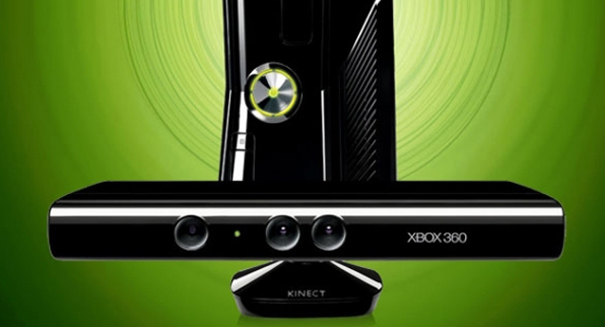
Kinect comes to Windows.
It’s been a big news week for Microsoft and their Xbox entertainment division, which announced its third-generation model–the Xbox One–on Tuesday afternoon. The new Xbox includes an update to the Kinect, the console’s motion capture device, which will also branch away from the gaming world and into more practical arenas for Microsoft Windows.
According to reports, the new Kinect has been at least partially designed with businesses and organizations in mind. But even beyond the boardroom, the revamped device will hope to expand beyond the presence of the current model. One Microsoft rep even dreamed that people would soon be seeing and interacting with the Kinect in public places or shopping stores.
“I would imagine that most consumers will see this in interactive retail screens, for example,” said Bob Heddle, the director of Kinect for Windows. “Virtual product trial is very interesting, things like magic mirrors to try on virtual clothing.”
The question now becomes whether Microsoft can shift the perception of the Kinect from gimmick and fun to one of practicality and endless usefulness. Heddle stressed how the new Kinect, in its ability to percieve movement, depth, color, sound, and ambient lighting, is actually miles ahead of other similar motion capture devices on the market. But the product’s ties to the Xbox and video games in general may present a hurdle before it can become an office mainstay.
With those additional technologies, the Kinect becomes something more than just a gaming tool: it becomes a luxury. The Windows version of the Kinect, though no release date or list price has yet been announced, could end up being an expensive item, and Microsoft has thus far made no plans to market it as a consumer product. If they do decide to go that route, they will also need to attempt a breakthrough into the app market. As Apple has proven with the iPhone and the iPod Touch, apps and games can build a wealthy empire of their own, but it’s unclear whether Microsoft will want to spend the time and cash developing such programs for a device that still has yet to prove itself.
The Kinect is more of a safe bet on the Xbox, but even there, Microsoft shaves off a portion of the device’s price in hopes of selling more units and making money back on game sales and online subscriptions. In other words, the built-in Xbox following has largely allowed the Kinect to continue existing, if not thriving, on the console market, and it’s difficult to see the gadget finding the same success on a platform where that tried-and-true support system does not exist.
But even despite the obstacles, Heddle still has high hopes.
“Over time, we really expect that Kinect will turn into the platform that makes computers smarter by knowing what’s going on, and also allowing users to untether from their computers, and stand up, move around in their normal spaces and still be access computing experiences,” he said.
Leave a Reply